From spontaneous candids to unretouched skin, the last few years have transformed portrait photography. From selfies to studio shots, today’s photographers are doing away with the cliches (and the over-editing) and embracing personality, authenticity, and creativity.
When you search 500px for “portrait photography,” you’ll turn up a whopping 318,000+ results. We’re living in an era where anything goes: rainbow light filters, pops of color, strong shadows, reflections, and even FaceTime portrait sessions. At the same time, photographers continue to draw inspiration from painters and photographers past, putting a new twist on classic portraiture that’s equally at home on 500px and the walls of a gallery.
“Portrait photography,” as a genre, has been widely interpreted throughout the past decades. While many define a portrait as any photo with a person, we’re also fond of Richard Avedon’s succinct declaration: “A photographic portrait is a picture of someone who knows he’s being photographed.”
The mystery—and the magic—comes down to how the person will respond to the camera. Perhaps more than any other category, portrait photography is about the collaboration between two people, the subject and the photographer. Here are our best tips for making the most of a session and creating portraits that grab our attention.
Dariane Sanche collaborated with her good friend Isabella on this portrait, so they already had a solid foundation of mutual trust. They handmade everything in the picture themselves.
Chat before the shoot
The first step in portraiture happens before you even bring out the camera: get to know your subject. Learn about her interests, or share a cup of coffee. Ask him about his favorite place and why it’s meaningful; you could ultimately use it as the setting for the shoot. Get comfortable with each other; that level of trust will reveal itself in the final portraits.
“When I first met Kesia she had a contagious smile and I knew I wanted to show her beautiful smile in this portrait,” the photographer Angela Perez remembers. “I also wanted to bring awareness that Black hairstyles such as dreads are a gorgeous natural hairstyle for men and women of color and that they should be embraced and socially accepted in our community and work environments.”
Watch your background
Backgrounds are some of the most important—if overlooked—elements in portraiture. An environmental portrait featuring the details of a room or home office will help tell a story about the person in the photo, while a solid color background can complement the subject’s eyes or clothing.
An ideal background doesn’t distract from the subject but emphasizes them; sometimes, that means incorporating props that highlight her personality, or maybe it means using color contrast to bring out his facial features. In the studio, you can always DIY your own backgrounds using fabric, salvaged surfaces (wood, metal, etc.), and paint.
For solid background tips, check out our articles The essential guide to creating a black background for your photos and How to shoot on a white background and tips on editing a white background like a pro.
The right background and light can make all the difference; this summer, Amanda Carlson set up a DIY studio in the park for this portrait shoot.
Set the scene
The setting of your shoot will dictate your background, but it’ll also set the mood for the session. Ask your model where he feels comfortable, and go from there; if she’s a hiker, for instance, maybe you could set up a session in a local park in autumn.
As the photographer, you determine the vibe of the session, so make it a positive experience for everyone. Many portrait photographers like to bring music to create atmosphere, and some bring snacks and refreshments to keep the energy up on set. Breaks in shooting can also be a great time to capture candids.
You can find beautiful light anywhere, but there’s nothing quite like the golden hour. Segun-Kabir Sani set up this portrait session at 8:00 am on the dot to photograph his neighbor in the early morning light. No artificial light needed.
Learn your lighting patterns
Lighting setups like Rembrandt lighting and butterfly lighting have been used for generations—and for good reason. Most of these popular “lighting patterns,” discussed further in this article, require only one key light; you can use a speedlite or a window. A diffuser makes for softer, more flattering light.
The pattern you choose will significantly influence the atmosphere of your portrait, bringing it from glamorous to moody and back again. Finally, don’t forget your catchlights; when your subject’s eyes reflect the light source, the entire face lights up. Remember to focus on the eyes so that they are the sharpest elements in the image.
Rob Woodcox happened upon this location while exploring the “middle of nowhere” in Cape Schanck, Australia. Combined with a shallow depth of field, it provides the perfect backdrop to his self-portrait.
Come prepared
Few things kill the mood on set faster than a photographer fiddling with equipment and struggling to make decisions. Before the shoot, develop a clear plan for your background and lighting scheme, and check all your gear the night before to make sure it’s good to go.
If you’re using natural light, use a sun tracking app to help choose the right time and location (overcast days work well, as does the golden hour before sunset and after sunrise). Touch base with your subject about wardrobe, hair, makeup, and any other details you plan to include. The more relaxed you can be, the more confident your model will feel.
“This will forever be my favorite photo,” André Josselin writes of this portrait. “[It] isn’t a sunset or a naked girl or a great landscape—just a real moment of an old man showing us his kitten. Can’t tell how much this image means to me.”
Incorporate movement
In 1971, Ron Galella captured his now-famous portrait of former First Lady Jacqueline Kennedy Onassis crossing the street in New York City’s Upper East Side; the photographer was in a taxi, and the moment his driver honked the horn, Jackie turned around, her hair swept across her face. These spontaneous expressions and gestures can make a portrait, just as much as any formal pose, so get your subjects moving and encourage them to let down their hair—literally and figuratively.
Our guides 21 poses to try when photographing men and 16 classic and unique poses for photographing women have sample poses to try on-set; many of them introduce some kind of movement.
Get close
One of the easiest mistakes to make is standing too far from your subject; while this works with some environmental portraits, it can often help to take a step closer. During this time of social distancing, you can use a telephoto lens to get close without doing so physically; an 85mm is a popular choice for portraits, or you can go longer with 100mm or 135mm. Keep in mind that a longer focal length will result in a shallower depth of field.
Junior Asiama uses a shallow depth of field to create a soft, blurred background, bringing all of our attention to the model on a sunlit day in Tema, Ghana.
Select the right lens
Speaking of prime lenses, these are usually the way to go with portraits, as they produce sharper photos. Prime lenses also tend to be faster; that is, they have a larger maximum aperture, so you can get that nice shallow depth of field and a creamy background behind your subject. You can do a lot with a 50mm, an 85mm, and a 135mm for variety, but even just one of these is a good place to start.
Sometimes, those closest to us make for the best portrait subjects. Natalia Zhukova created this picture of her grandmother, who still collects magazine articles, trusting them more than info found on the internet.
Shake up your angles
Most portraits are created at eye-level, but sometimes bending your knees can work wonders. If, for example, you want your subject to look powerful and imposing, you might crouch down so you’re looking up at them. If you want to highlight the contours of the face in silhouette, however, you might place your subject in profile.
Every small change in facial view and camera angle will influence the final image. It can help to ask your models to bring some of their favorite portraits before your shoot, as they will give you a good idea of their strongest angles.
Remember your white balance cards
Skin tones are essential in portraiture, and your camera’s auto white balance won’t always get it right. To be safe, carry a white balance card in your bag for those vivid, true-to-life tones. This step is especially important if you’re working with a mix of natural and artificial lighting.
“This was never a planned shooting,” the photographer Lena Steinke recalls. “We were out for a couple of drinks, and I had my camera with me. So we shot some portraits.” Sometimes the best photos of the day are also the least expected.
Be patient
Richard Avedon created his famous 1957 portrait of Marilyn Monroe after hours in the studio. For most of the session, she sang and danced and—in Avedon’s words—“did Marilyn Monroe.” It was only at the end of the night, when the energy had dropped, that she sat down in the corner and let down her guard. Avedon approached her, and she allowed him to take a rare, unposed picture during that introspective moment.
The best portraits often come at the end of a session, when the model and photographer have both relaxed into the moment. Take a cue from Avedon and wait for those moments where everything else—including any public façade—falls away, allowing genuine, unscripted emotion to come to the fore.
Brianna R photographed TC at home, using a 50mm lens and natural light, resulting in a series of intimate portraits and raw, unplanned moments.
People watch
This tip usually applies to street photographers, but it can be helpful for portraitists as well. Study how people move and interact in public, and learn to read body language and anticipate expressions or gestures. Look for genuine emotions. You can do this on your way to work, in a restaurant, or while waiting in line; interesting moments you see in “real life” can often serve as the inspiration behind a future shoot. The more sensitive you are to details and emotions, the stronger your portraits will be.
You might also like these articles:
A beginners guide to photography | The essential guide
50 Creative Self Portrait Photography Ideas To Trump All Selfies
21 poses to try when photographing men
16 classic and unique poses for photographing women
35+ Mobile Photography Tips For Taking Incredible Smartphone Photos
Not on 500px yet? Sign up here to explore more impactful photography.

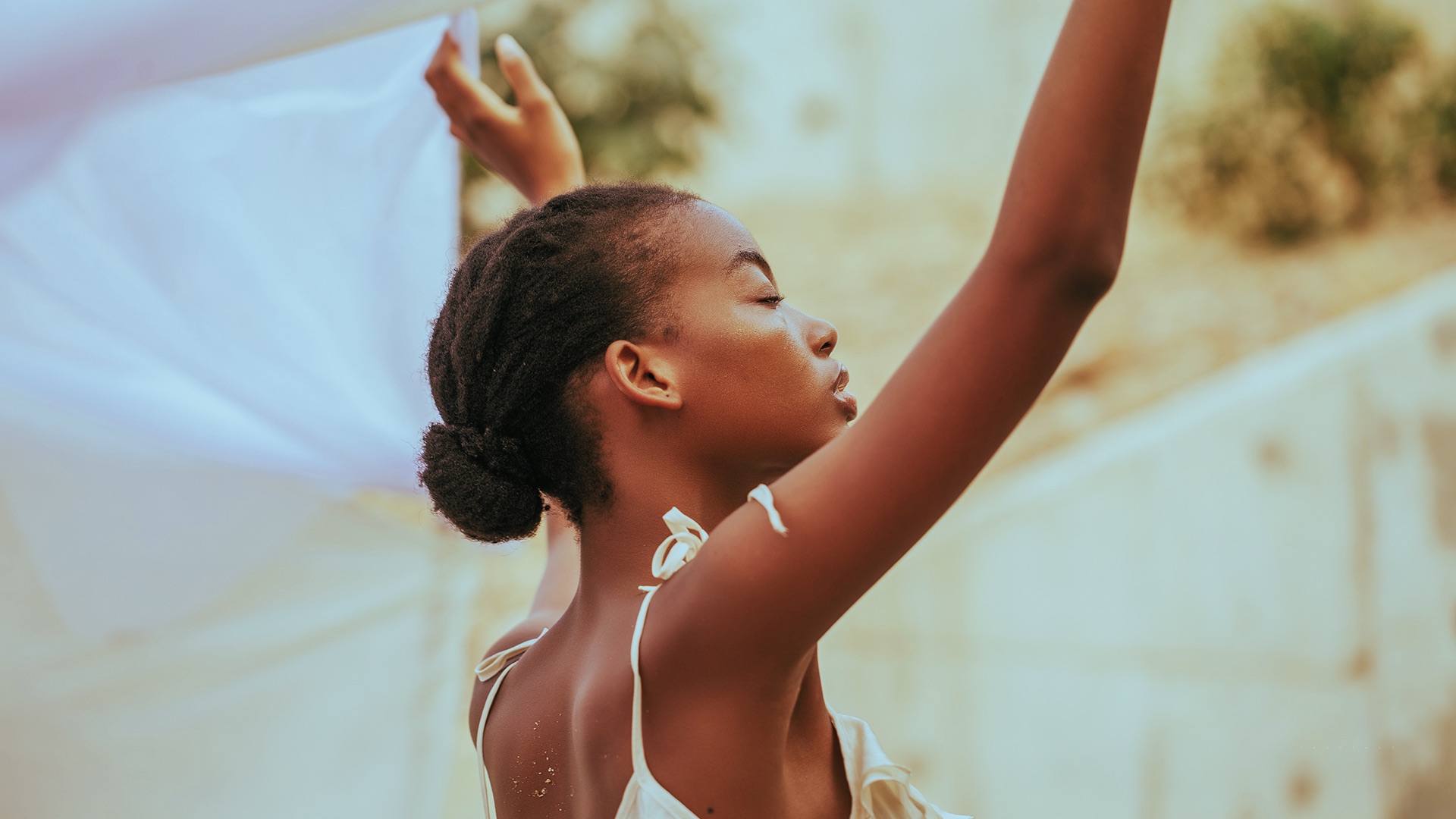
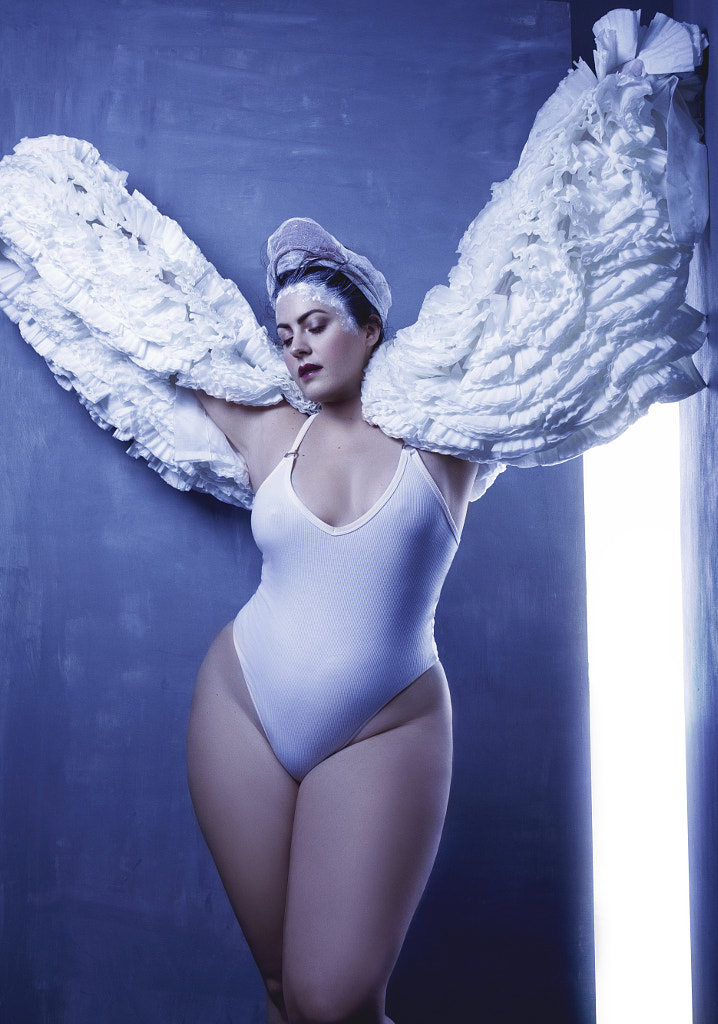
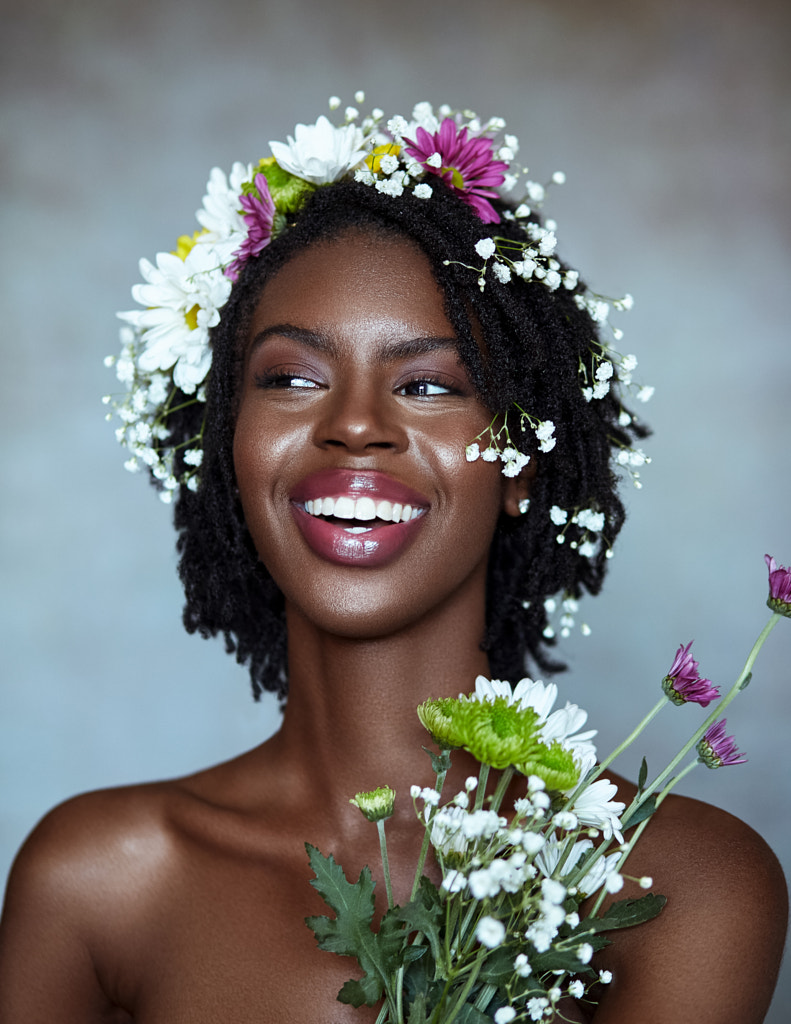
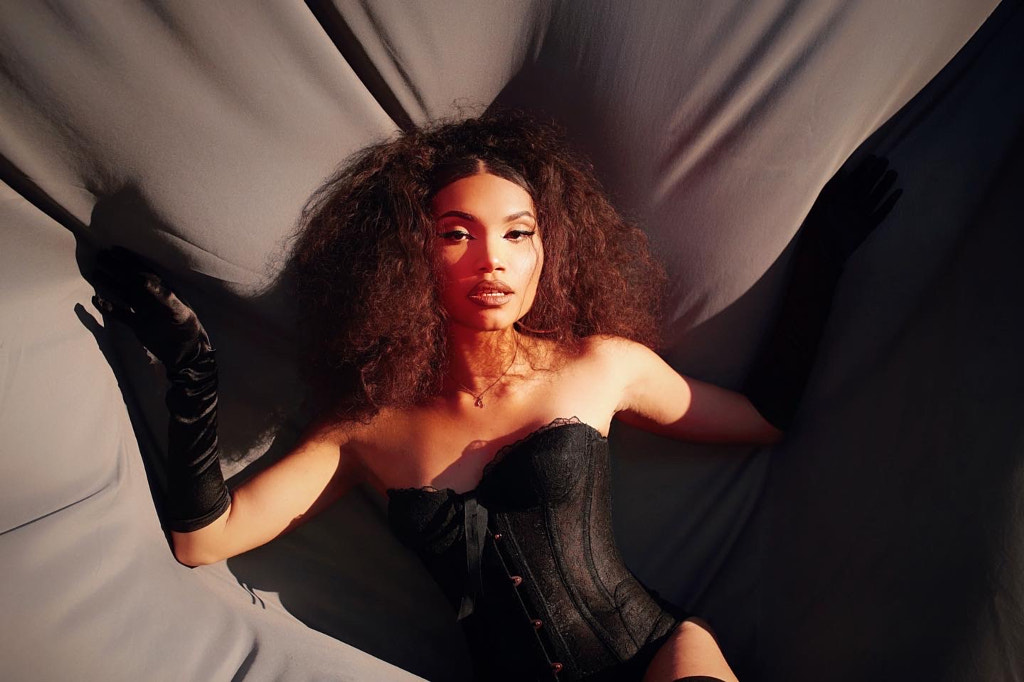

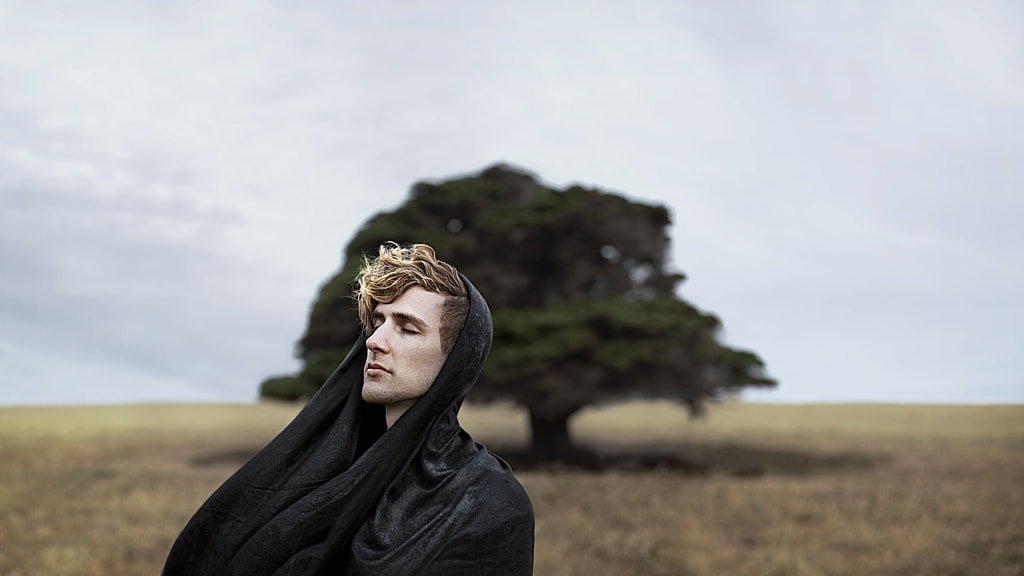
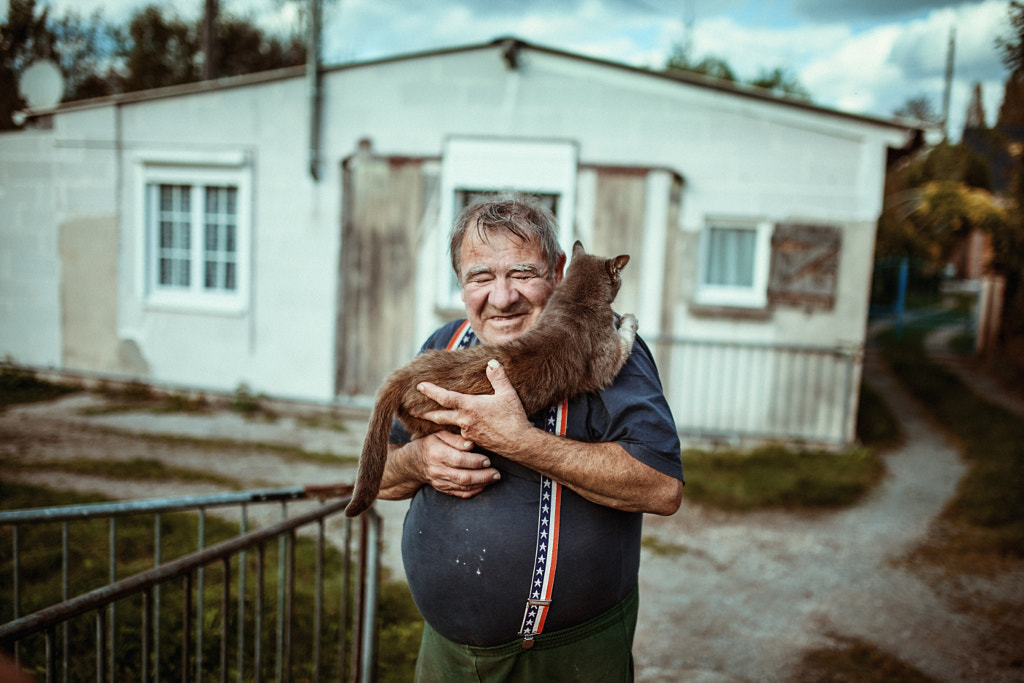
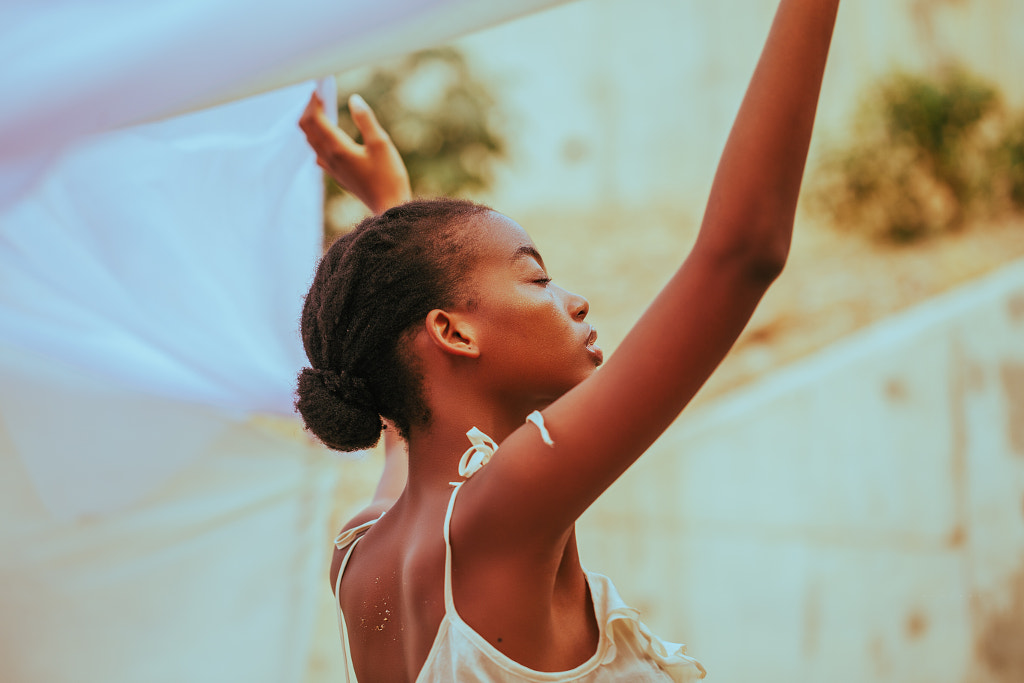
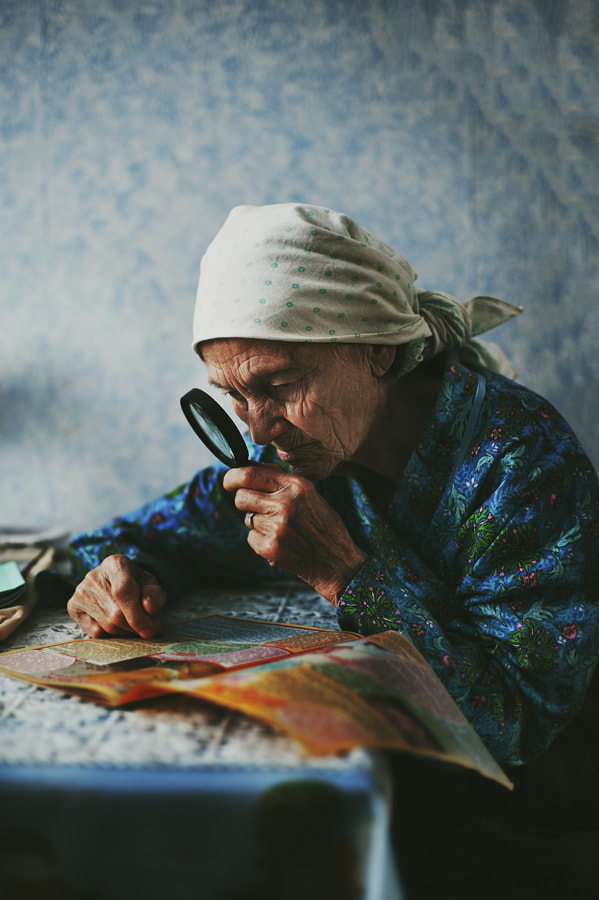
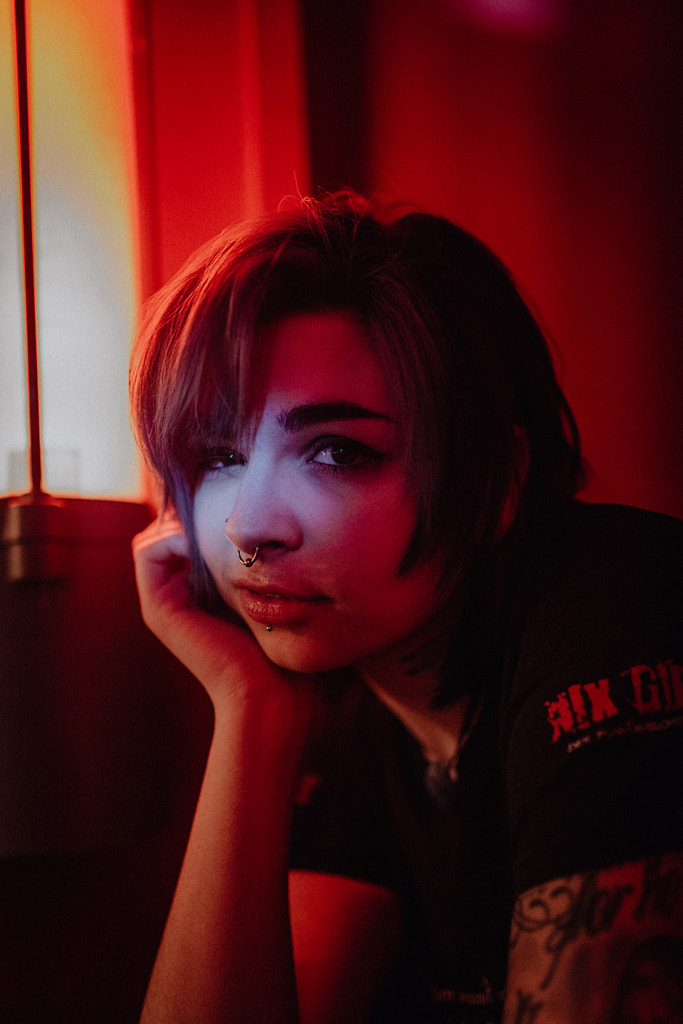
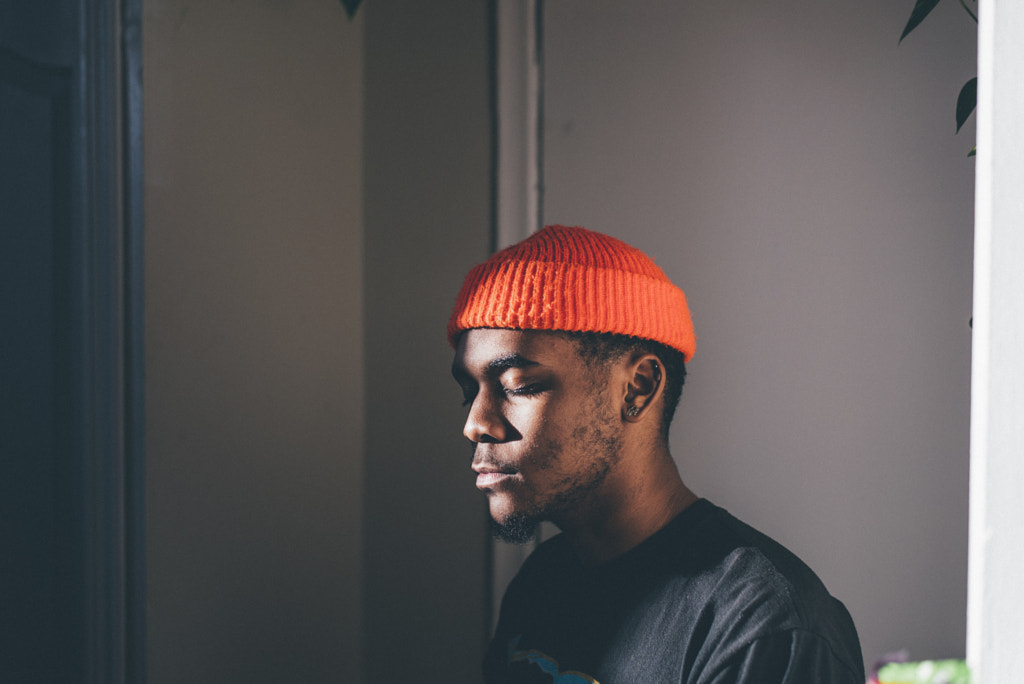
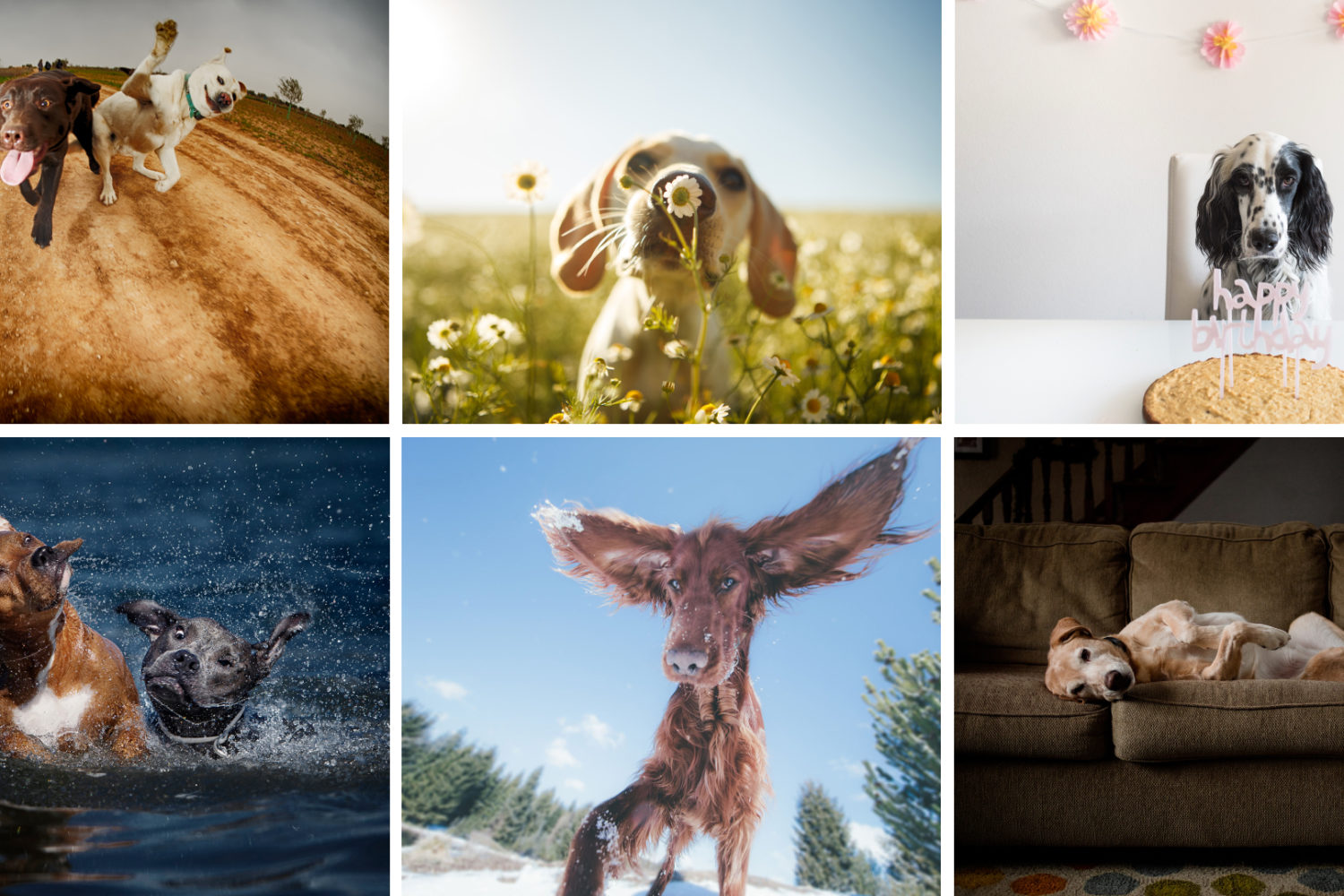
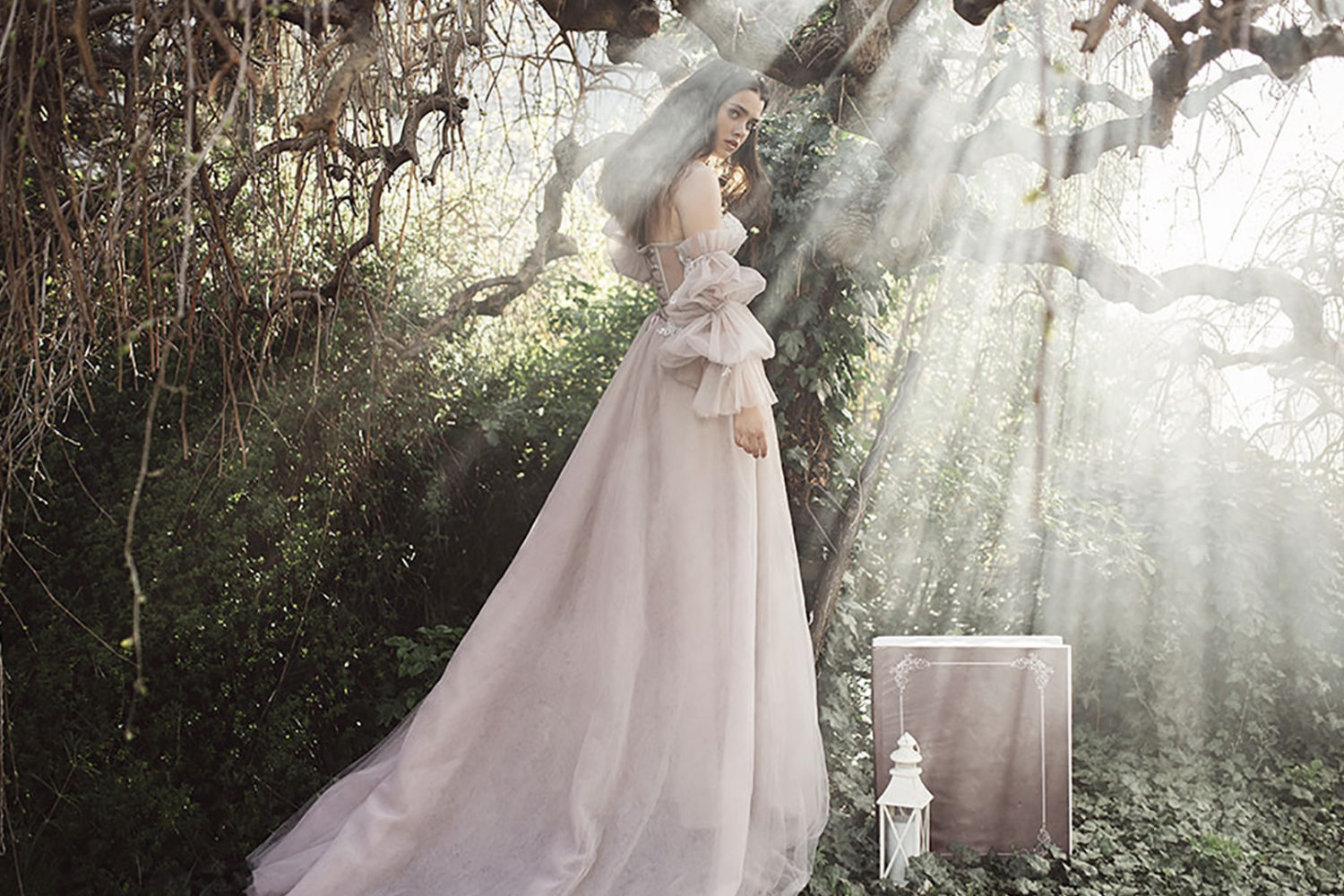
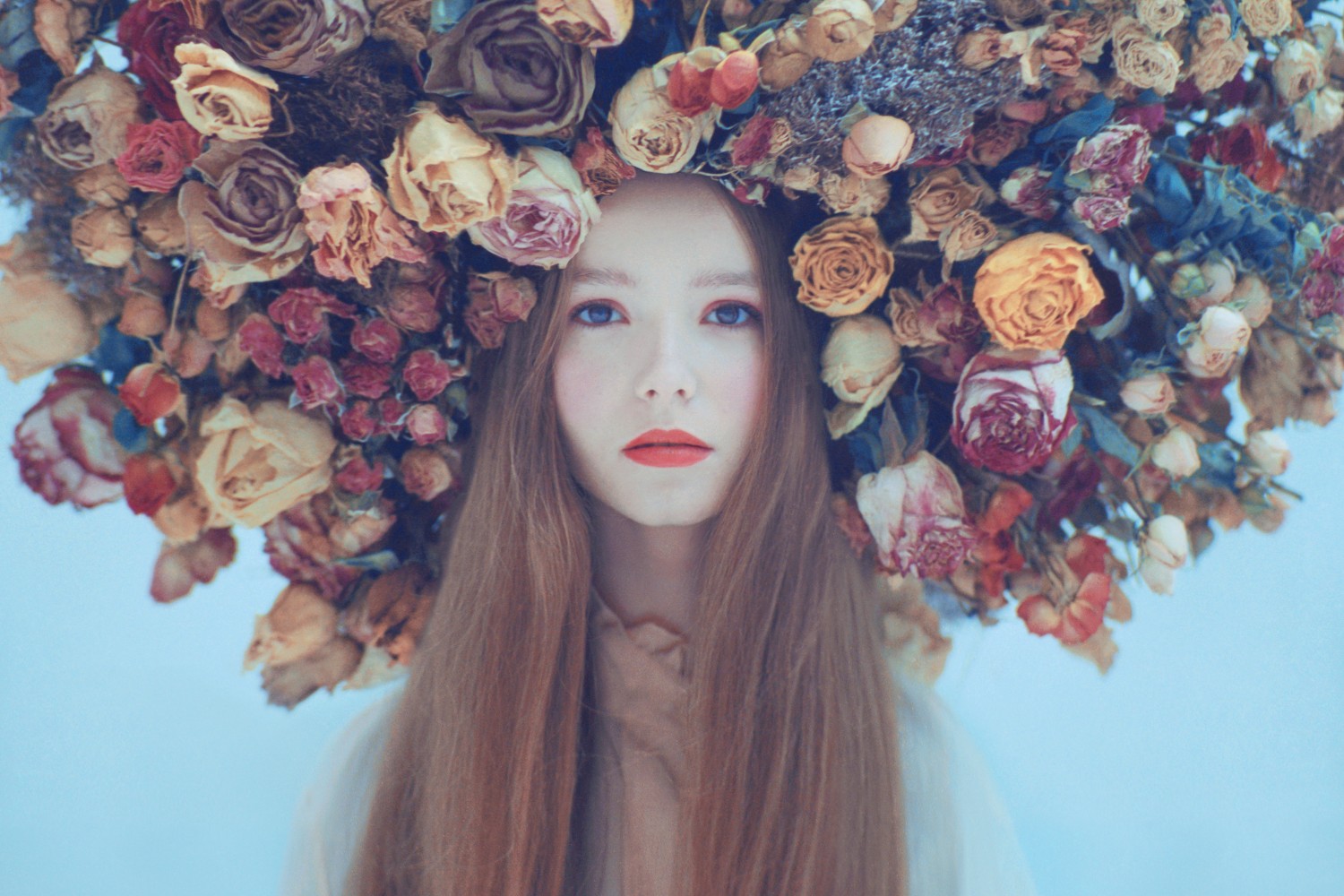
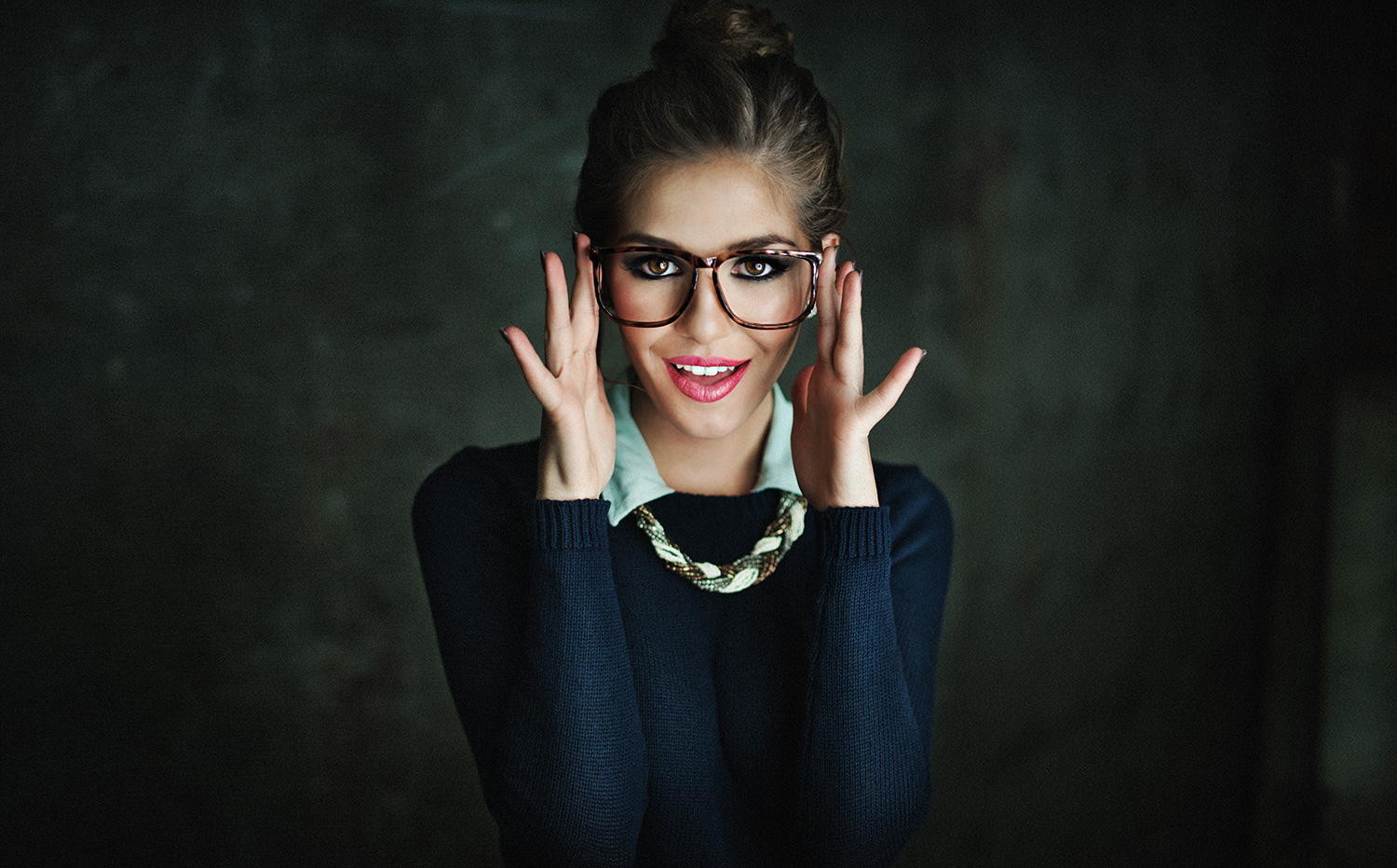
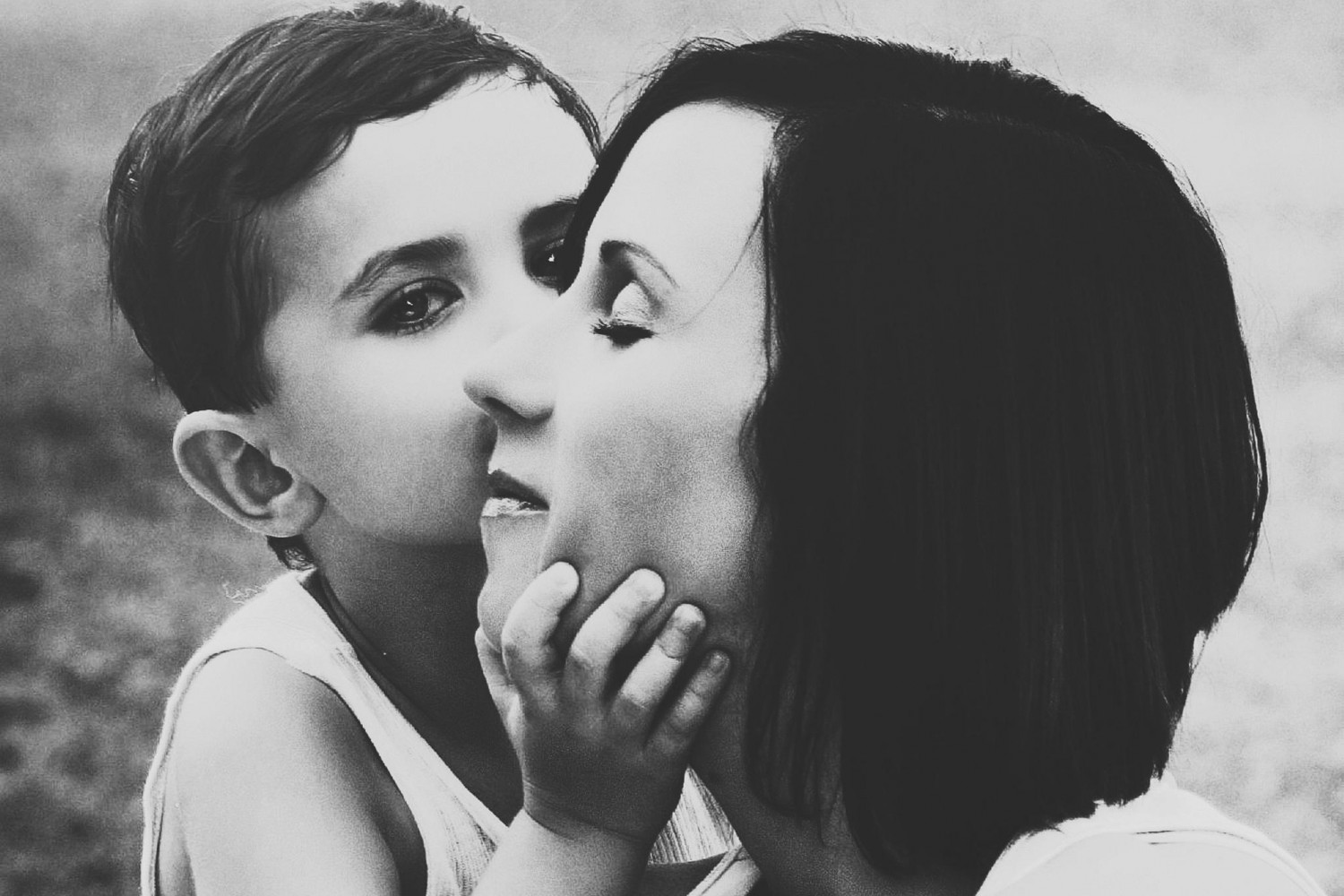
Leave a reply